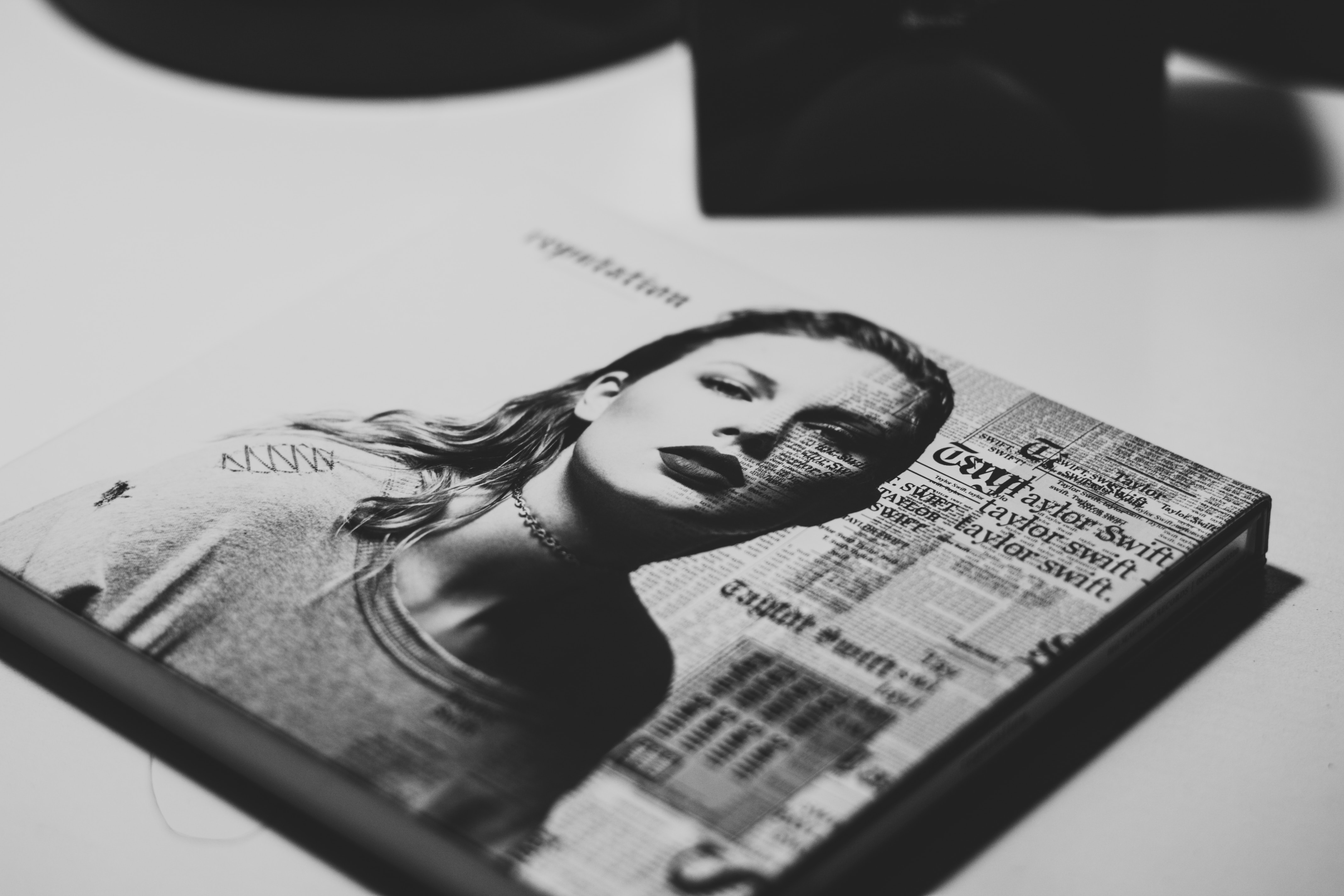Is it a good thing for brands to be “woke”? Or are they pandering to a new generation of potential customers? Honestly…we see both sides.
The irony isn’t lost on us when quick-service food brands act like teenagers on Twitter, yet still sell them unhealthy crap. But when we see companies like DICKS Sporting Goods opt for progress over headlines by making major changes to their gun-selling policies after a tragedy, we can’t help but feel a little pride and want to spend more money with them.
The idea that brands should take a stand for issues they genuinely care about—what we like to call #brandsparency—has been on our minds for a while now, so we decided to do something about it. On March 26, our COO, Christina Beavis, discussed the topic with Adweek’s Diana Pearl and a group of expert panellists in New York, many of whom are no strangers to taking a stand and causing a ripple with the brands they work for:
- Bonin Bough, Bonin Ventures
- Tanya Dua, Senior Reporter, Business Insider
- Adam Ryan, GM, The Hustle
- Alicia Yoon, Founder, Peach & Lily
Keep reading to get all the best insights from the night or check out the live stream of the event.
Lesson #1: When it comes to supporting a cause, start internally.
The term “brand values” might be overused in marketing and advertising circles, but it plays an important role. Throughout the event, our panelists maintained that the most successful brands who stand for a cause, do it with full support from their teams, by finding causes that their employees care about. Looking inside is often better than looking outside.
“For emerging brands it can be enticing to see causes as a check box and forget about it. This is the wrong way to go about it. Look first to your employees. What do they want to do, how do they want to give back and where do they currently give to? If you see a pattern, it’s easy to start internally and build from there.” — Adam Ryan, The Hustle
“Every big CMO seems to believe that having a cause is imperative to their brands success. If I were one of them I would try to envision it as a venn diagram where there’s what you care about and what your brand stands for on one side, and what your consumers care about and what they stand for on the other side. Whatever the overlap is, you should play in that space. But don’t just jump on something when it makes no sense or you have little internal support—that’s when it backfires.” — Tanya Dua, Business Insider
“BOXED is a good example. Their employees kept asking, ‘Why are feminine products taxed and men’s aren’t?’ Now when you buy feminine products from BOXED there are no longer taxes, and that’s something they stand behind. The real question now becomes, what do the people behind the brand believe in?” — Bonin Bough, Bonin Ventures
TakingABogusStand.Sucks. At the end of the day, don’t let your brand support a cause simply because it’s cool or en vogue. Find an issue at the heart of your team’s values and your customers’ values.

Lesson #2: Diversity is key to understanding.
If one thing is clear, it’s that diversity is not a marketing tactic. Our panelists know that all kinds of diversity—especially diversity of thought—leads to longer term success and understanding.
“It can be easier than we make it out to be. If you struggle with diversity on your team, interview more diverse people. If you want to hire more women…just interview more women. It’s that simple.” — Christina Beavis, .SUCKS
“Look outside of the areas where you typically hire. If, for example, you often hire at business schools, challenge yourself to look elsewhere. Make it a priority to look elsewhere and hire differently to move the needle.” — T.D.
“Organizations today are missing people who think differently—that’s why they’re in the place that they’re in today. When it comes to people, it doesn’t matter what skin colour you are, what race you are, what gender you are—if you all graduate from Harvard Business School, you all think exactly the same. So how do we begin to build true diversity of thought which will allow us to come up with products and services that actually map back to what humanity looks like, versus what business school [graduates] look like?” — B.B.
The real lesson here? Invest in diversity as early as possible. Your team can help sense check what you’re doing and if it makes sense. It’s never too early to hire people who think differently.
Lesson #3: It’s time for brands to take action (and not just check boxes).
It’s important for brands to have an open dialogue with their customers—but people expect more than that. Brands and the people behind them need to remember that they can and should take action on what they care about.
“These days picking brands is a lot like picking your friends. Consumers want to understand what you stand for and align themselves with brands that care about the things they care about.” — Alicia Yoon, Peach & Lily
“The worst thing you can do is not follow through. Don’t make lofty promises that you can’t hold up, and don’t come out and say something once and never follow up on it. That will make it seem inauthentic and disingenuous to your brand’s purpose. So ensure you choose something you can stick with and that will lead to consumers believing in it as well.” — Diana Pearl, Adweek
Actions speak louder than words. And let’s be honest: NotFollowingThrough.Sucks. A lot of people can talk, but brands need to act in order for people to take notice.

Lesson #4: When you screw up, own your sh*t.
Companies won’t always be able to make the right choices, especially in the public eye. Our panelists reminded us how important it is to own your mistakes and show your consumers that you’re learning—and willing to change for the better.
“It’s impossible to be perfect. What it boils down to is how you handle it. It is so important, when you are in the wrong, to admit you’re wrong and commit to changing. When you try and cover it up or don’t respond you look even worse. Mistakes happen, but what do you do about it? My recommendation is to listen to your PR firm and not your lawyer. When you make a mistake, don’t have a legal response. Do something that’s right, stand up for what’s right and don’t be afraid.” — C.B.
“How you handle your mistakes makes all the difference. T-Mobile’s social team does an incredible job of responding when they fuck up. Even the micro touch points, responding to thousands of comments saying ‘we hear you, we’re working on it’. They really stand out in the space because they own up to their mistakes.” — A.R.
“The most important thing for brands is to be prepared and be thoughtful. Especially with how you’re going to talk about the issue. Tactically speaking it’s ensuring everyone is aligned on messaging. Some things that don’t seem controversial to you and your team are controversial to others, and you need to be ready for that. — A.Y.
MakingAMistake.Sucks—but it can also be an important lesson in owning your sh*t. Rather than trying to sweep things under the rug, apologize and make things right.
The Takeaway
For brands, the words of Chuck Swindoll ring true: “Life is 10% what happens, and 90% how you react to it”. Brands make decisions and those decisions are not always popular—you’re never going to be perfect. It’s how you choose to respond to the reactions of your consumers that will make or break your reputation.
Photo Credit: Shutterstock / Sean Pavone










